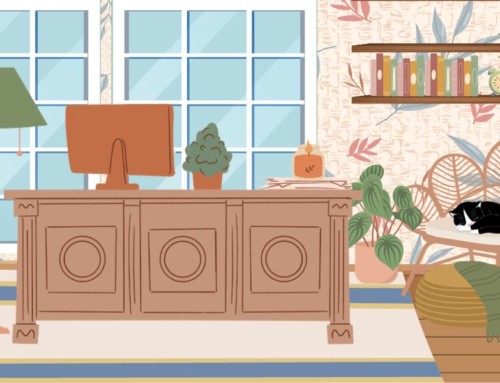By your side is a ratty notebook, bruised black and blue with the smeared ink of furiously scribbled ideas that came to you at midnight, dotted with translucence from the epiphany you had about your villain, while still wet from a shower. You’ve finally decided to write the story that has been stirring around in your heart and mind—now what do you start typing on that blank page facing you? How do you introduce readers to the crazy, beautiful world in your head?
Starting a novel is tricky, but those first few lines are vital to your book. The characters, setting, tone, and mood are all dependent on the reader’s first impression of the universe you are creating. To illustrate just some of your options, I have collected some examples of the best first-lines in literature.
1.”In my younger and more vulnerable years, my father gave me some advice that I’ve been turning over in my mind ever since.” The Great Gatsby by F. Scott Fitzgerald
It’s a classic for a reason, people. Beginning with a lingering thought makes us wonder just what that advice could be. This also draws the vague shape of the narrator, namely that he is no longer young, but not necessarily old, either; he is at an intangible age somewhere between. He is also the type of introspective person who would ruminate for years on a piece of sage counsel. Fitzgerald packs loads of characterization into a short sentence.
2. “It was a bright cold day in April, and the clocks were striking thirteen.” 1984 by George Orwell
A simple statement takes an unexpected turn and reveals a surprising detail about this world you are stepping into. Starting a novel with a startling and unique piece of description is one guaranteed way to gain a reader’s attention. In this specific example, we see the world we know fused with a world of the unknown—where the comforts of clocks that chime and months named April are interrupted by the unsettling existence of that thirteenth hour.
3. “Mrs. Dalloway said she would buy the flowers herself.” Mrs. Dalloway by Virginia Woolf
Sometimes we should get to know the character in her own space completing an everyday task her own way. Not only does this establish the character’s personality (as we can see, Clarissa Dalloway can be a bit of a control freak), but also sets the tone for the story. This statement has an air of pretension as we imagine why such importance is placed on trimmings such as flowers.
4. “Stately, plump Buck Mulligan came from the stairhead, bearing a bowl of lather on which a mirror and a razor lay crossed.” Ulysses by James Joyce
Yes, sometimes a solid description can be absolutely wonderful. The key here is to make the description meaningful; it needs to lead somewhere and say something in itself through the imagery. Showing instead of telling is of overwhelming importance here. Avoid the tired description of scenery as your opening unless it is absolutely sparkling and integral to the scene.
5. “Many years later, as he faced the firing squad, Colonel Aureliano Buendía was to remember that distant afternoon when his father took him to discover ice.” One Hundred Years of Solitude by Gabriel García Márquez
This example combines two intriguing ideas: beginning with a dramatic moment and beginning with a shift in time. Starting a novel with your character in obvious trouble is one way to jump right into the action. Readers will begin to care about him immediately, and you have an opportunity to lead up to this moment.
It can be helpful to muse on examples but always listen to your inner voice. You are a writer because you have a story to tell and a message to portray. Ask your characters and they will tell you how to introduce them to the world. What are your favorite tips when it comes to starting a novel?
Discover more from Mill City Press
Subscribe to get the latest posts sent to your email.














Leave A Comment